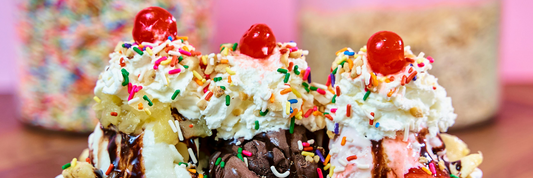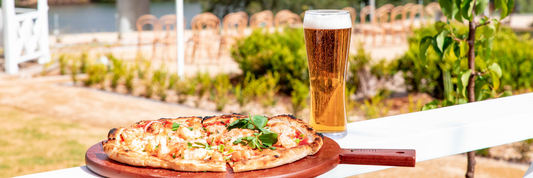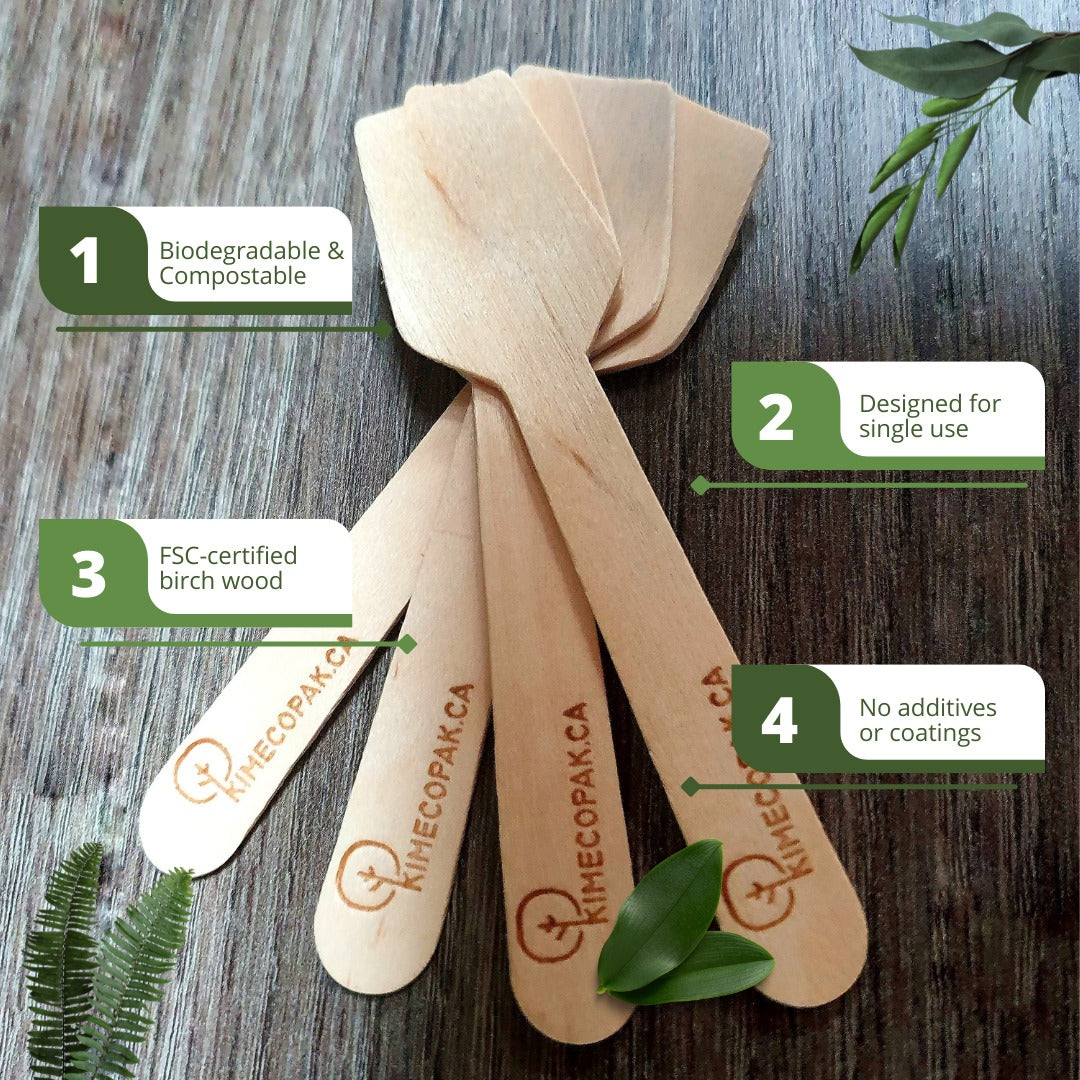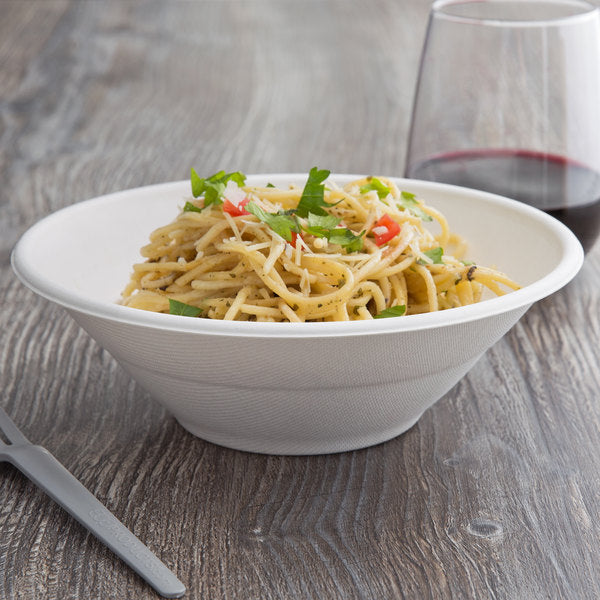Matcha, a finely ground green tea powder, has gained significant popularity worldwide due to its distinctive flavor profile, vibrant hue, and numerous health benefits. Originating in Japan, matcha has long been celebrated for its role in traditional tea ceremonies and its integration into culinary applications. This guide will delve into the intricacies of matcha production, nutrition, and popular recipes, offering valuable insights for restaurants seeking to capitalize on this trending beverage.
- Types of Tea: Comprehensive Guide Before Starting Your Business
- Seasonal Coffee Drinks: Ideas for to Divers the Menu for Coffee Shops
- Exploring the Characteristics of Different Types of Coffee Drinks
- What is Nitro Coffee? How To Make Nitro Cold Brew
What is Matcha? Unveiling Emerald Elixir
Matcha is a finely ground powder made from specially grown green tea leaves, known scientifically as Camellia sinensis. This unique plant is the sole source of all true teas, including green, black, and white teas. However, the craftsmanship and cultivation of matcha set it apart, offering distinct flavors and health benefits.
The process of producing matcha begins with shading the tea plants for several weeks before harvesting. This shading increases the chlorophyll levels and enhances the amino acid content in the leaves, deeply impacting the final nutrient profile of the matcha. When you consume matcha, you are ingesting the whole leaf, ground into a powder, which allows for maximum nutrient absorption.
This whole leaf consumption is significant because it means you benefit from the full spectrum of vitamins, minerals, and antioxidants the tea has to offer.
A Taste of Tradition
The rich history of matcha dates back to East Asia, where tea drinking is an age-old tradition. Specifically, matcha has deep roots in Japan, where it became integral to the cultural practice of the Japanese tea ceremony, known as "Chanoyu." This ritual emphasizes harmony, respect, purity, and tranquility.
During these ceremonies, matcha is not just a beverage; it transforms into a meditative practice that celebrates mindfulness and connection between host and guest.
The Signature Appearance and Flavor
One of the most striking features of matcha is its vibrant green color. This hue is a direct result of the high chlorophyll content, which is boosted by the shading process. The appearance of matcha reflects its quality – the brighter the green, the higher the grade.
The flavor profile of matcha is equally fascinating. It offers a delicate balance of umami, slight bitterness, and a subtle sweetness that many find refreshing. This complexity is a hallmark of high-quality matcha and is a major reason why it has carved out a special place in both culinary applications and wellness routines.

The Incredible Health Benefits of Matcha: More Than Just a Drink
Packed with Powerful Antioxidants
Matcha is renowned for its high concentration of antioxidants, particularly catechins — a type of plant compound that helps fight free radicals in the body. The most notable catechin found in matcha is EGCG (epigallocatechin gallate), which is linked to numerous health benefits. When comparing matcha to more commonly known antioxidant sources, such as berries or dark chocolate, matcha stands out due to its significantly elevated antioxidant levels, making it a potent addition to any health-conscious diet.
Boosting Energy and Focus Naturally
One of the standout characteristics of matcha is its ability to provide a smooth and sustained energy boost. This effect is attributed to the combination of caffeine and L-theanine, an amino acid present in matcha. Unlike coffee, which can lead to sudden spikes and crashes in energy levels, matcha promotes a calm alertness. Many matcha enthusiasts report feeling more focused and less jittery, making it an ideal beverage for studying or working on complex tasks.
Supporting Brain Function and Memory
Recent studies have indicated that matcha may have a positive impact on brain function. The presence of L-theanine is believed to contribute to improved cognitive performance, enhancing memory and concentration. Some research suggests that regular consumption of matcha could be associated with a lower risk of cognitive decline as one ages.
Potential Benefits for Metabolism and Weight Management
Though more research is needed, preliminary evidence suggests that matcha may help with weight management by supporting metabolism. Some studies have indicated that the catechins in matcha can help in increasing the body’s ability to burn calories, potentially assisting in weight loss efforts. Including matcha in a balanced diet might just give your metabolism that extra boost.
Other Potential Health Advantages
Beyond the benefits already mentioned, there are additional potential health advantages to matcha:
- Heart Health Support: Regular consumption of matcha may aid in maintaining cardiovascular health, largely due to its antioxidant content.
- Liver Protection: Some studies indicate that matcha may offer protective effects for liver health, reducing the risk of liver damage.
- Potential Anti-Cancer Properties: While research is still ongoing, the compounds in matcha, including EGCG, have shown promise in some studies for their potential anti-cancer properties.
By embracing matcha, not only do you enjoy a beverage with a rich cultural heritage, but you also open the door to a multitude of health benefits that contribute to overall well-being.
Exploring the Different Grades of Matcha: Finding Your Perfect Match
Ceremonial Grade: The Pinnacle of Quality
Ceremonial grade matcha is regarded as the highest quality matcha available. Sourced from the youngest, most tender leaves of the tea plant, it is specifically meant for traditional tea ceremonies. The flavor profile of ceremonial grade matcha is delicate and subtle, allowing for a rich tasting experience without being overpowering. Its vibrant green color is an indicator of its freshness and quality, making it visually appealing as well. Because of its exquisite taste, this type of matcha is often enjoyed on its own, without any sweeteners or additives.
Premium Grade: Excellent for Everyday Use
Premium grade matcha strikes a great balance between quality and affordability, making it perfect for daily consumption. Its flavor is robust enough for use in a variety of drinks, especially matcha lattes, where it shines through the creaminess of milk. This grade offers a smooth and enjoyable experience without the high price tag associated with ceremonial matcha. Whether you're starting your day with a warm cup or enjoying an afternoon refreshment, premium grade matcha is a versatile choice.
Culinary Grade: Perfect for Cooking and Baking
Culinary grade matcha is designed for those who enjoy experimenting in the kitchen. With a more robust flavor, it can stand up to other ingredients in recipes. This grade excels in baked goods, providing not only a unique flavor but also an eye-catching green hue to muffins, cakes, and cookies. Whether sprinkled over desserts or incorporated into savory dishes, culinary grade matcha enhances both the taste and visual appeal of meals.
Does matcha have caffeine? Why matcha is caffeine is better than coffee?

Brewing Matcha to Perfection: A Step-by-Step Guide
Essential Tools for the Matcha Ritual
To brew matcha correctly, a few essential tools can help elevate your experience:
- Chawan (tea bowl): A wide, deep bowl that allows for easy whisking.
- Chasen (bamboo whisk): This traditional whisk is designed specifically for matcha, creating a frothy consistency.
- Chashaku (bamboo scoop): This tool helps to measure out the exact amount of matcha powder needed.
The Traditional Hot Matcha Preparation
- Begin by sifting the matcha powder into the chawan to remove clumps, ensuring a smooth result.
- Heat water to around 175°F (80°C), as water that is too hot can scorch the matcha and affect its flavor.
- Add approximately 1-2 grams of matcha powder to the chawan, then pour in about 2 ounces of hot water.
- Using the chasen, whisk the mixture in a zigzag motion until it becomes frothy, ensuring there are no lumps.
Making a Delicious Matcha Latte
To prepare a delightful matcha latte, start with the following steps:
- Whisk your desired amount of matcha (1-2 grams) with a small amount of hot water until frothy.
- Heat your choice of milk (dairy or non-dairy) and froth it if desired.
- Combine the whisked matcha with the milk, stirring to blend thoroughly.
- Add sweeteners like honey or agave syrup, if desired, and enjoy your creamy drink.
Enjoying Iced Matcha
To make refreshing iced matcha drinks:
- Prepare matcha as you would for a hot drink, ensuring it's well whisked.
- Pour the prepared matcha over a glass filled with ice.
- Add cold water or milk to taste, and stir well to combine. Flavor with sweeteners or syrups for a refreshing summer drink.

Beyond the Bowl: Creative Ways to Use Matcha
Matcha in Smoothies and Shakes
Incorporating matcha into smoothies or shakes adds both nutritional value and flavor. A teaspoon of matcha can enhance a green smoothie, providing a boost of antioxidants and a gentle caffeine lift. Pair it with fruits like bananas or berries for a delicious and energizing drink.
Incorporating Matcha into Baked Goods
Matcha can be a wonderful addition to a variety of baked goods. Whether you’re making matcha cake, cookies, or muffins, the unique flavor and color of matcha not only enhance the visual appeal but also impart a distinct taste that’s sure to impress.
Matcha in Desserts and Sweet Treats
Matcha makes a delightful ingredient in various desserts. Its earthy flavor complements everything from matcha ice cream to puddings. Making chocolates infused with matcha can also add an exciting twist to your sweet treats, appealing to both taste and aesthetics.
Savory Uses for Matcha? Yes!
While most commonly associated with sweet applications, matcha can also shine in savory dishes. Consider using matcha in sauces, salad dressings, or even as a dry rub for meats. This less common culinary application adds a unique depth of flavor that can make everyday dishes exciting.

The Cultural Significance of Matcha in Japan
The Japanese Tea Ceremony (Chanoyu)
The Japanese tea ceremony, known as Chanoyu, is a highly respected tradition that emphasizes harmony, respect, and tranquility. Within this context, matcha plays a central role, symbolizing the beauty of simplicity and mindfulness. Each movement in the ceremony is intentional, reflecting the profound respect for the tea and the act of preparation.
Matcha and Zen Buddhism
Historically, matcha has been linked with Zen Buddhism, where it served as a tool for mindfulness and meditation. The preparation and consumption of matcha encourage focus and calm, allowing individuals to immerse themselves in the present moment. This deep-rooted connection continues to inspire those who appreciate matcha not only as a beverage but as a spiritual practice.
Rare Attribute: Unexpected Facts and Stories About Matcha
The Accidental Discovery of Shade-Growing
The process of cultivating matcha is a story of serendipity and tradition. Originally, tea plants were grown in direct sunlight, but over time, it was noticed that shade-growing techniques produced leaves with a more vibrant color and richer flavor. This method began in Japan during the late 12th century when Zen Buddhist monks introduced it. They found that shielding the plants from sunlight for several weeks before harvesting increased the production of chlorophyll, enhancing the taste and nutritional profile. This accidental discovery not only shaped the traditional cultivation of matcha but also contributed to its unique qualities, making it a rare gem in the tea world.
Matcha as a Samurai Warrior's Drink
Throughout history, matcha has been more than just a drink; it served as a vital source of energy and focus for samurai warriors before battle. They believed it provided mental clarity and stamina, enhancing their performance in combat. Samurai would often partake in tea ceremonies to prepare themselves mentally and spiritually for the challenges ahead. This historical significance speaks to matcha's power — a beverage steeped in tradition and revered for its ability to invigorate both body and mind.
The Global Rise of Matcha Popularity
In recent years, matcha has transcended its Japanese origins to become a beloved drink worldwide. The rise of health-conscious consumers has played a significant role in this phenomenon. Matcha's unique flavor, vibrant color, and health benefits have attracted attention from cafes, restaurants, and home brewers alike. Social media platforms have further fueled this trend, allowing images of beautiful matcha lattes and desserts to capture global interest.
Today, matcha is celebrated not just as a drink but as an ingredient in many culinary delights, from smoothies to baked goods.
Types of Tea: Comprehensive Guide Before Starting Your Business

The Distinctive Power of Matcha's Composition
The Unmatched Antioxidant Profile
One of matcha's standout features is its exceptionally high levels of antioxidants, particularly catechins like EGCG (epigallocatechin gallate). Studies have shown that matcha contains significantly more EGCG than other varieties of green tea, making it a powerhouse for health enthusiasts. These antioxidants help combat free radicals, potentially reducing the risk of chronic diseases and promoting overall wellness. Incorporating matcha into your diet could provide an enhanced defense against oxidative stress, making it a flavorful choice for health-conscious individuals.
The Unique Caffeine and L-Theanine Combination
Matcha is renowned for its balanced energy boost, thanks to its unique combination of caffeine and L-theanine. Unlike traditional teas, where caffeine can lead to jitters, matcha offers a smoother, more sustained energy release. L-theanine, an amino acid found in matcha, promotes relaxation without drowsiness, creating a state of calm alertness. This combination makes matcha an excellent choice for enhancing focus, whether during a busy workday or while studying.
The Only True Suspension Tea
When you enjoy matcha, you're consuming the entire tea leaf, which sets it apart from other teas. This unique aspect means you receive a concentrated dose of nutrients, antioxidants, and flavor. Instead of merely steeping leaves, matcha is ground into a fine powder, allowing you to whisk it with water to create a frothy beverage. This process ensures that you gain all the health benefits that the whole leaf has to offer. It's a simple yet profound change in how tea can be consumed, elevating the experience to one that nourishes the body in more ways than one.
Conclusion
Matcha brings a wealth of benefits to those who embrace it. From its rich history and unique cultivation methods to its exceptional nutritional profile, the reasons to incorporate matcha into your lifestyle are numerous. Whether you enjoy it as a traditional tea, a flavorful addition to your smoothies, or in baked goods, the versatility of matcha allows for creative exploration. As you navigate the world of matcha, consider experimenting with different grades and preparation methods to discover your personal favorite.
FAQ: Your Burning Questions About Matcha Answered
Q1: Does matcha have more caffeine than regular green tea?
A: Yes, because you consume the entire leaf, matcha typically contains more caffeine compared to regular green tea.
Q2: What does ceremonial grade matcha taste like?
A: Ceremonial grade matcha offers a smooth, subtly sweet flavor with less bitterness, making it perfect for traditional preparation.
Q3: Can I drink matcha every day?
A: Yes, in moderation, matcha can be enjoyed daily and offers numerous health benefits without adverse effects.
Q4: How should I store my matcha powder?
A: Store matcha powder in an airtight container in a cool, dark place to maintain its freshness and potency.







